Rising Demand for Energy Efficiency
The Wired Occupancy Sensors Market is experiencing a notable surge in demand driven by the increasing emphasis on energy efficiency across various sectors. Organizations are increasingly adopting wired occupancy sensors to optimize energy consumption, particularly in commercial buildings. According to recent data, buildings equipped with occupancy sensors can reduce energy usage by up to 30%. This trend is further supported by government regulations promoting energy-efficient technologies, which are likely to bolster the market. As businesses seek to lower operational costs and enhance sustainability, the integration of wired occupancy sensors becomes a strategic choice. This growing awareness of energy conservation is expected to propel the Wired Occupancy Sensors Market forward, as more entities recognize the long-term financial and environmental benefits of these technologies.
Enhanced Safety and Security Features
The Wired Occupancy Sensors Market is increasingly influenced by the demand for enhanced safety and security features in buildings. Wired occupancy sensors provide real-time monitoring of spaces, ensuring that areas are not left unoccupied for extended periods, which can lead to security vulnerabilities. The integration of these sensors with alarm systems and surveillance technologies enhances overall building security. Furthermore, the ability to detect unauthorized access or unusual activity in real-time is becoming a critical requirement for many organizations. As safety concerns continue to rise, the adoption of wired occupancy sensors is likely to increase, thereby driving growth in the Wired Occupancy Sensors Market. This trend indicates a shift towards more secure and responsive building environments, aligning with broader safety initiatives.
Growth in Smart Building Technologies
The Wired Occupancy Sensors Market is poised for growth due to the rapid advancement of smart building technologies. As buildings become increasingly automated, the integration of wired occupancy sensors plays a crucial role in optimizing building management systems. These sensors facilitate the seamless operation of lighting, heating, and cooling systems based on real-time occupancy data. Market data suggests that the smart building sector is expected to grow significantly, with occupancy sensors being a key component of this transformation. The ability to create responsive environments that adapt to user presence not only enhances comfort but also contributes to energy savings. This trend indicates a strong future for the Wired Occupancy Sensors Market as more buildings adopt smart technologies.
Regulatory Support for Energy Management
The Wired Occupancy Sensors Market benefits from increasing regulatory support aimed at promoting energy management practices. Governments worldwide are implementing policies that encourage the adoption of energy-efficient technologies, including wired occupancy sensors. These regulations often mandate energy audits and the implementation of energy-saving measures in commercial buildings. As a result, organizations are more inclined to invest in wired occupancy sensors to comply with these regulations and avoid potential penalties. This regulatory landscape is likely to drive the growth of the Wired Occupancy Sensors Market, as businesses seek to align with energy management standards and enhance their sustainability profiles. The proactive approach taken by governments in this regard is expected to create a favorable environment for market expansion.
Increased Awareness of Environmental Impact
The Wired Occupancy Sensors Market is significantly influenced by the growing awareness of environmental impact among consumers and businesses alike. As sustainability becomes a priority, organizations are actively seeking solutions that minimize their carbon footprint. Wired occupancy sensors contribute to this goal by reducing energy consumption and promoting efficient resource use. Market trends indicate that businesses that adopt such technologies are often viewed more favorably by consumers, enhancing their brand reputation. This heightened awareness is likely to drive demand for wired occupancy sensors, as companies recognize the importance of aligning their operations with environmental sustainability goals. Consequently, the Wired Occupancy Sensors Market is expected to thrive as more entities prioritize eco-friendly practices.

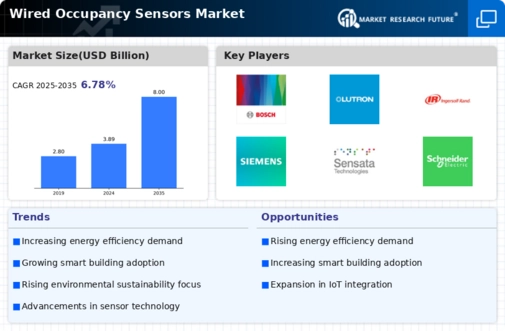
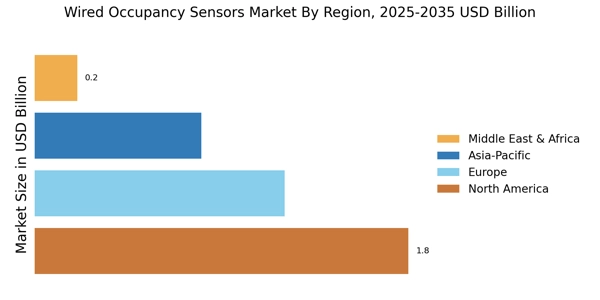

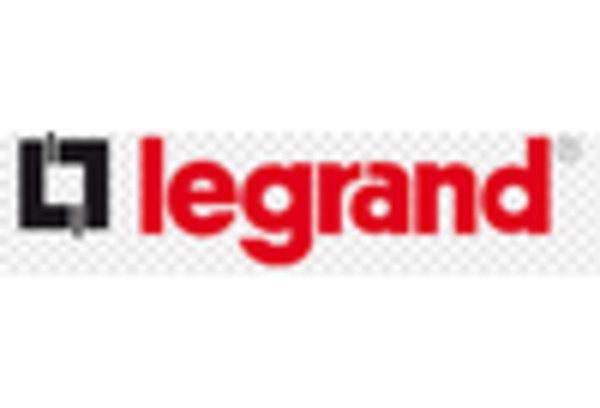
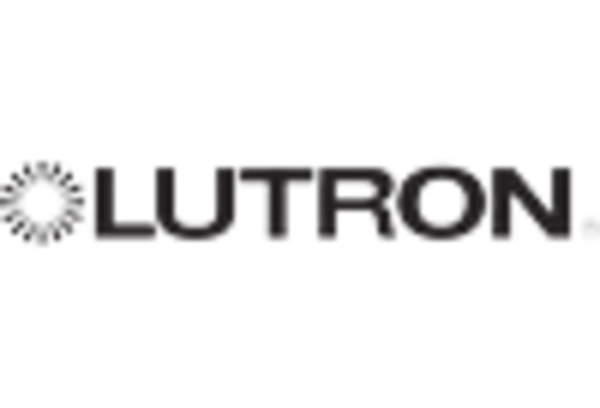
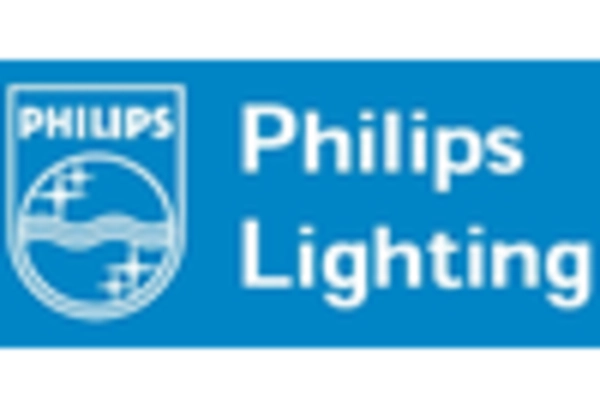
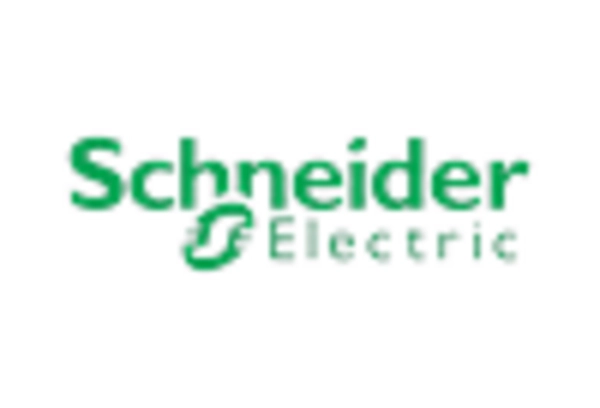









Leave a Comment